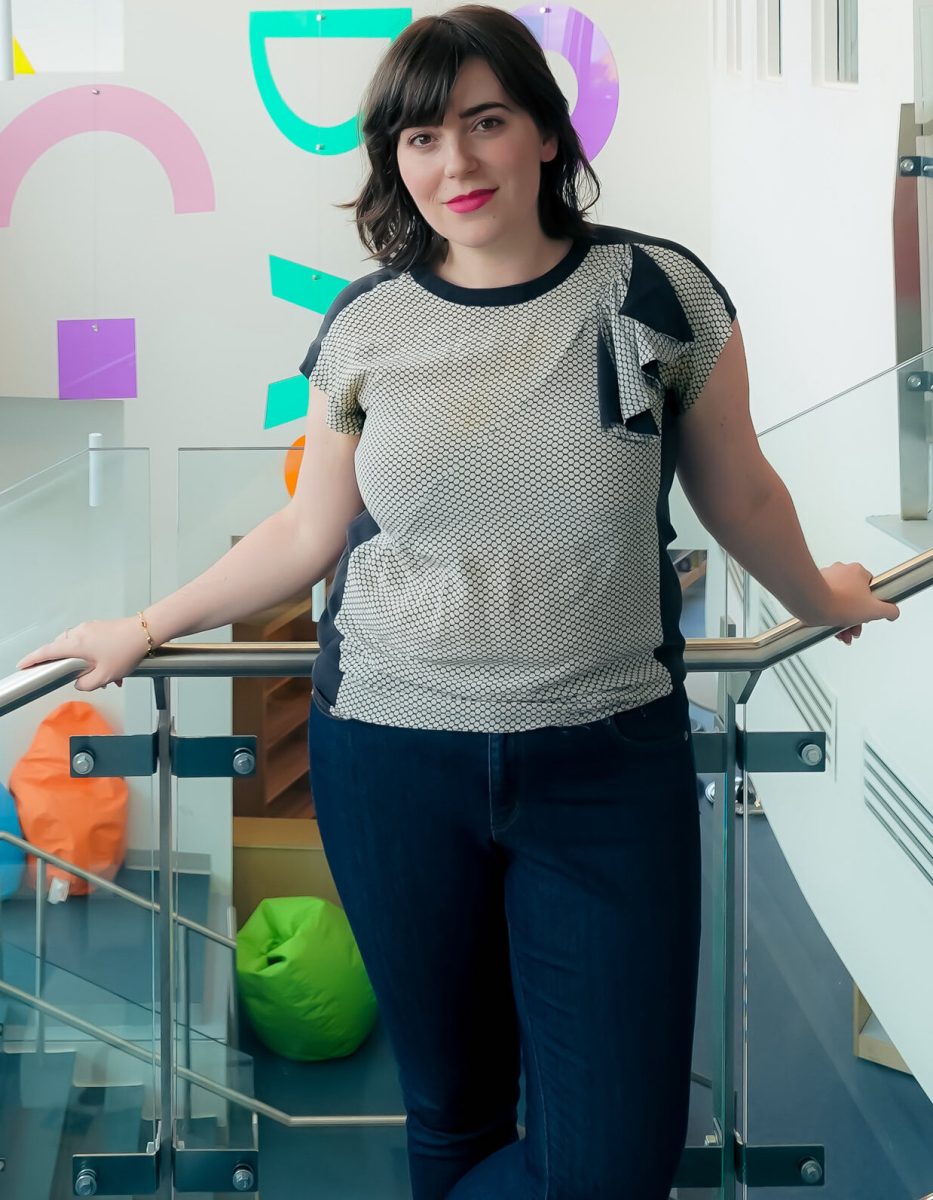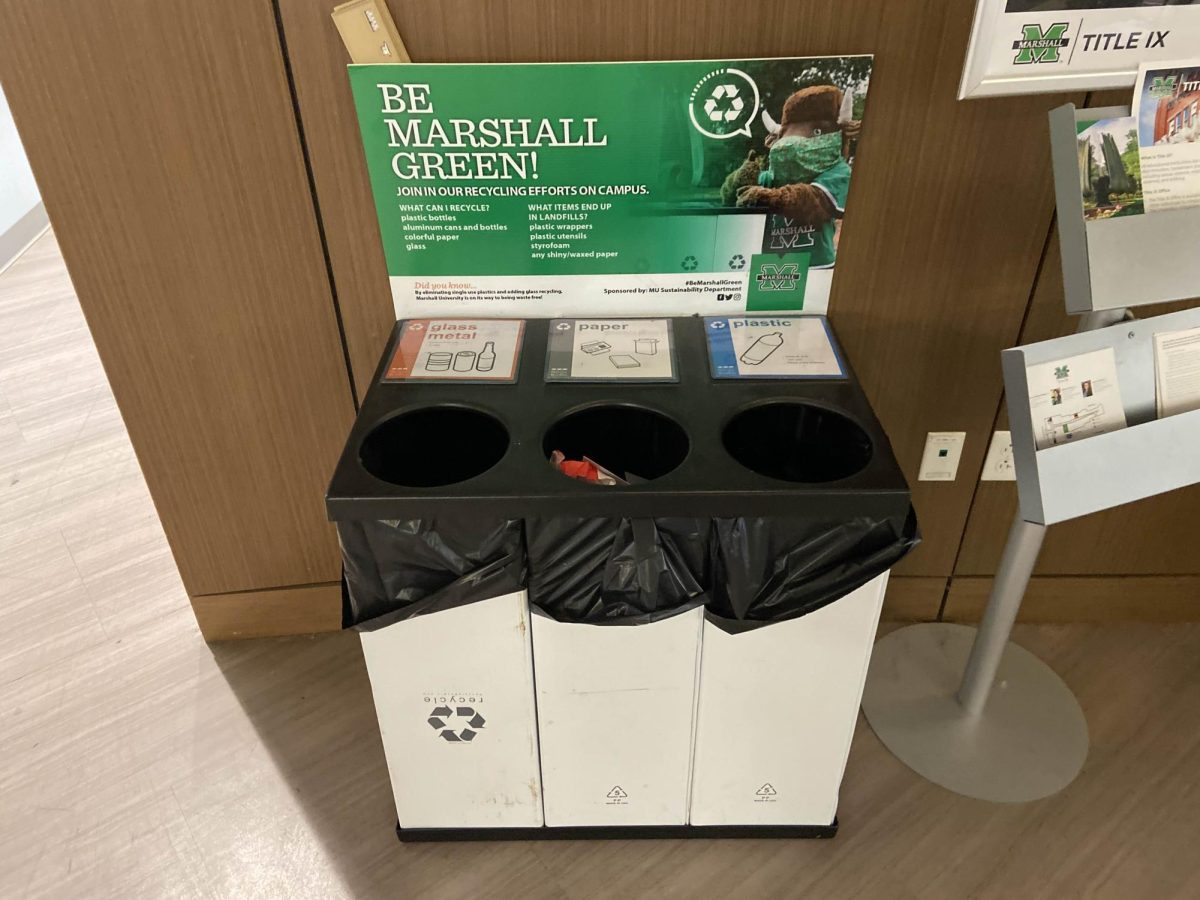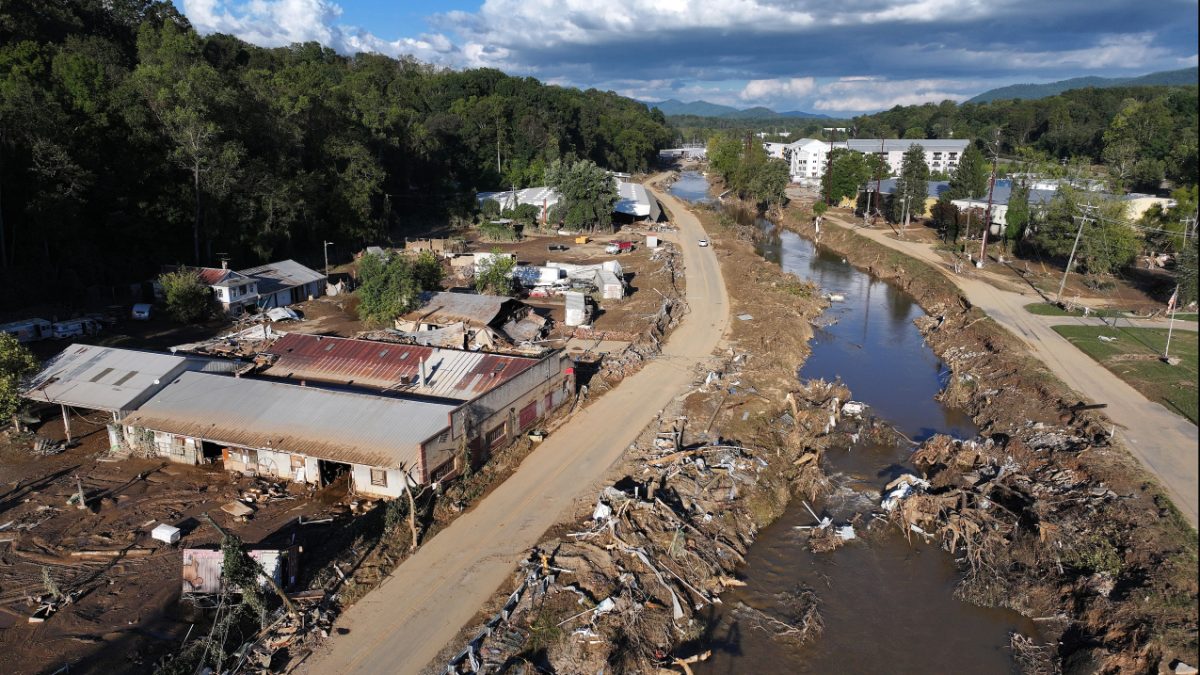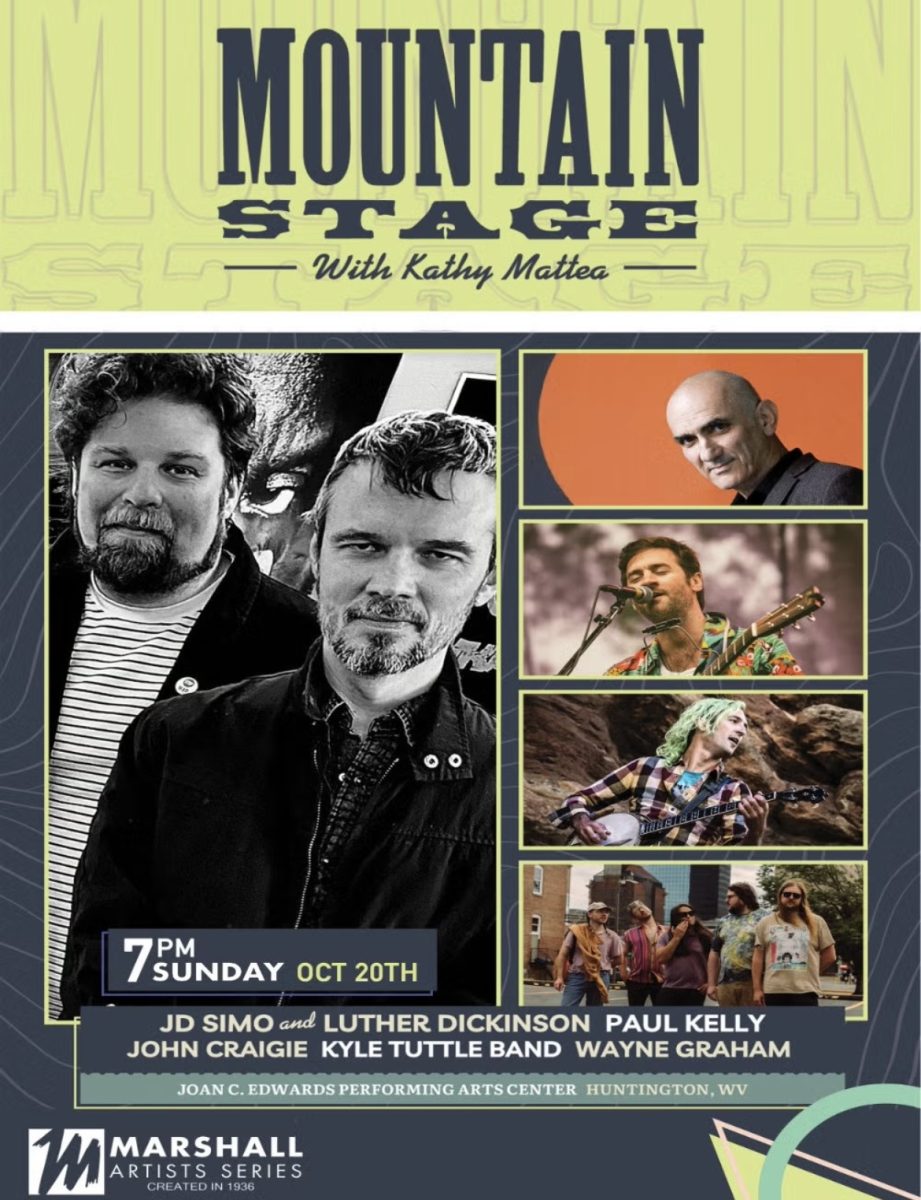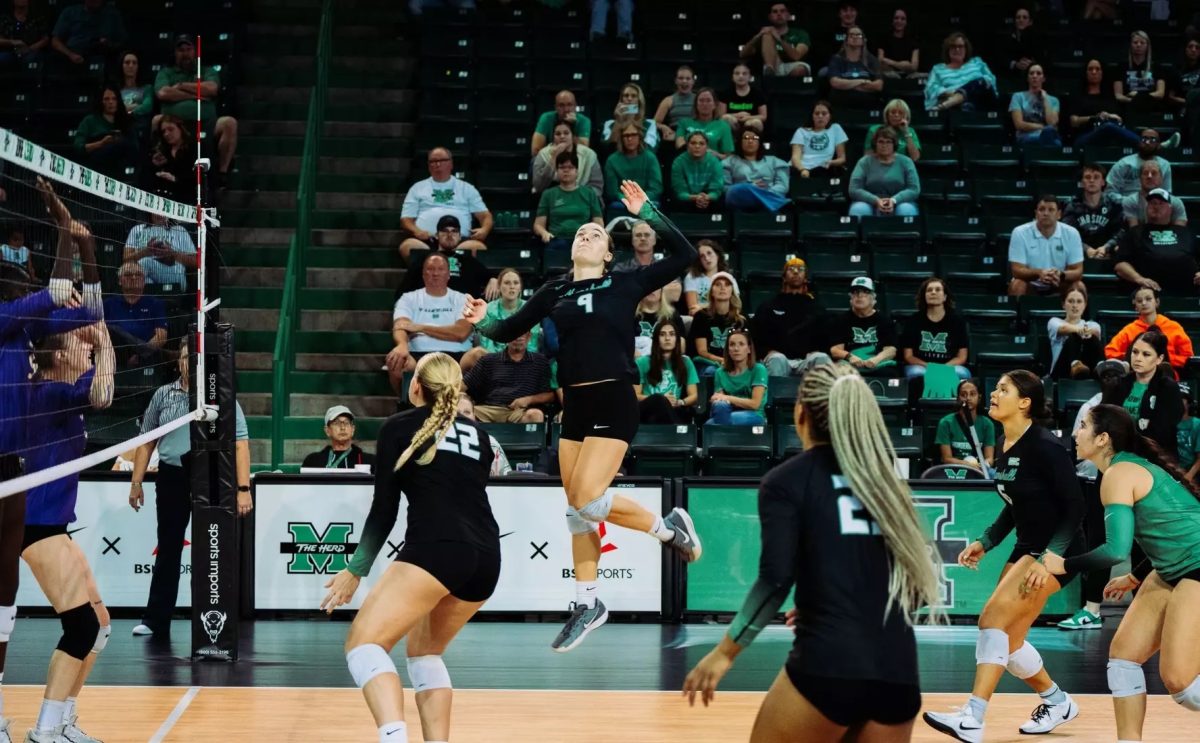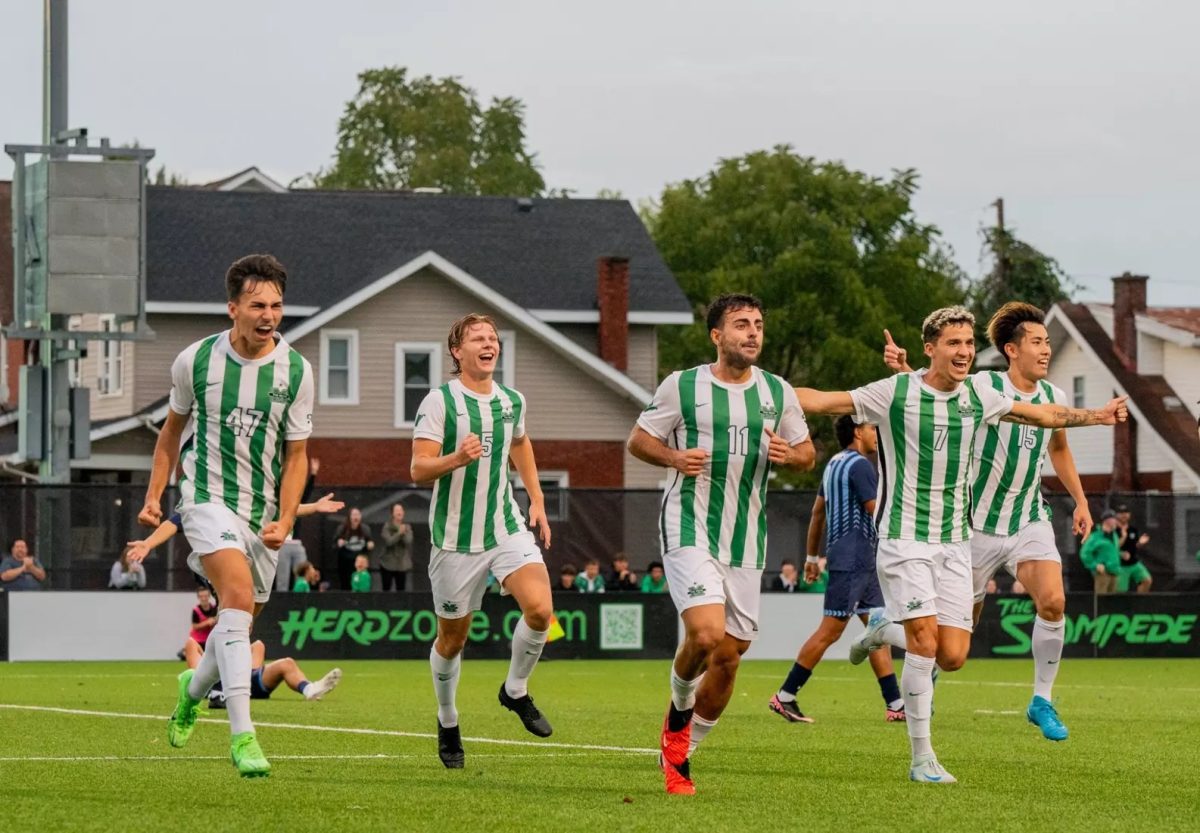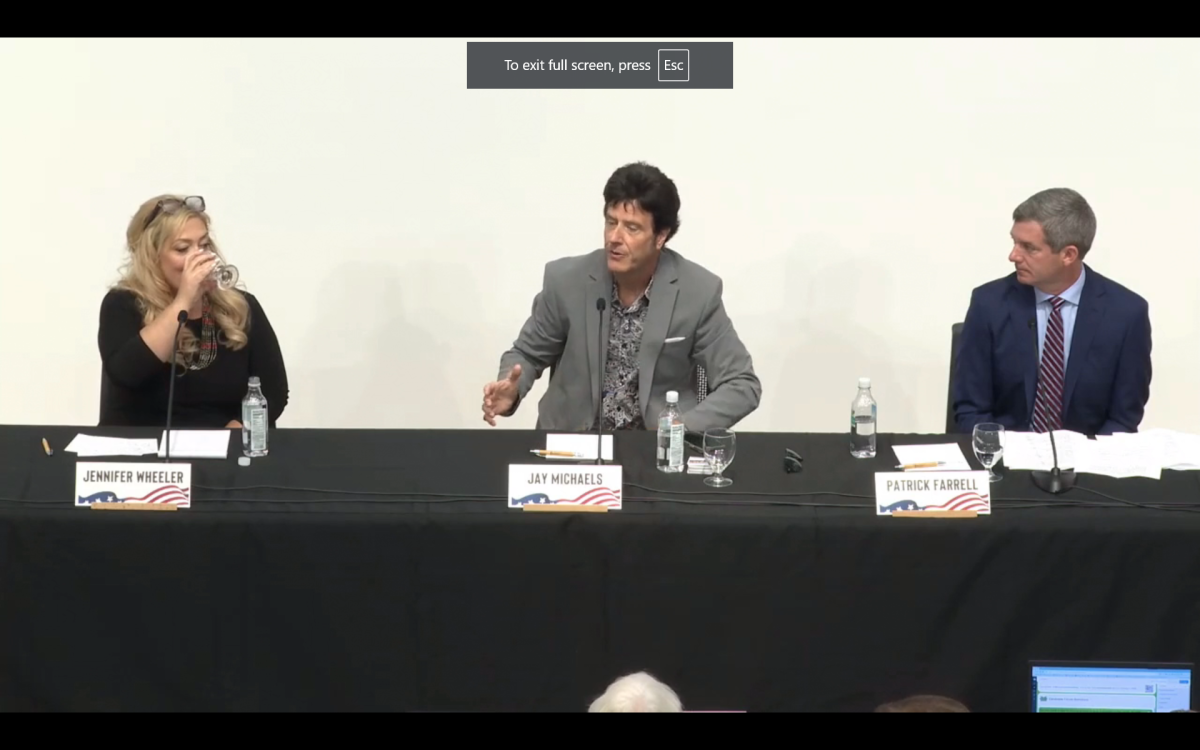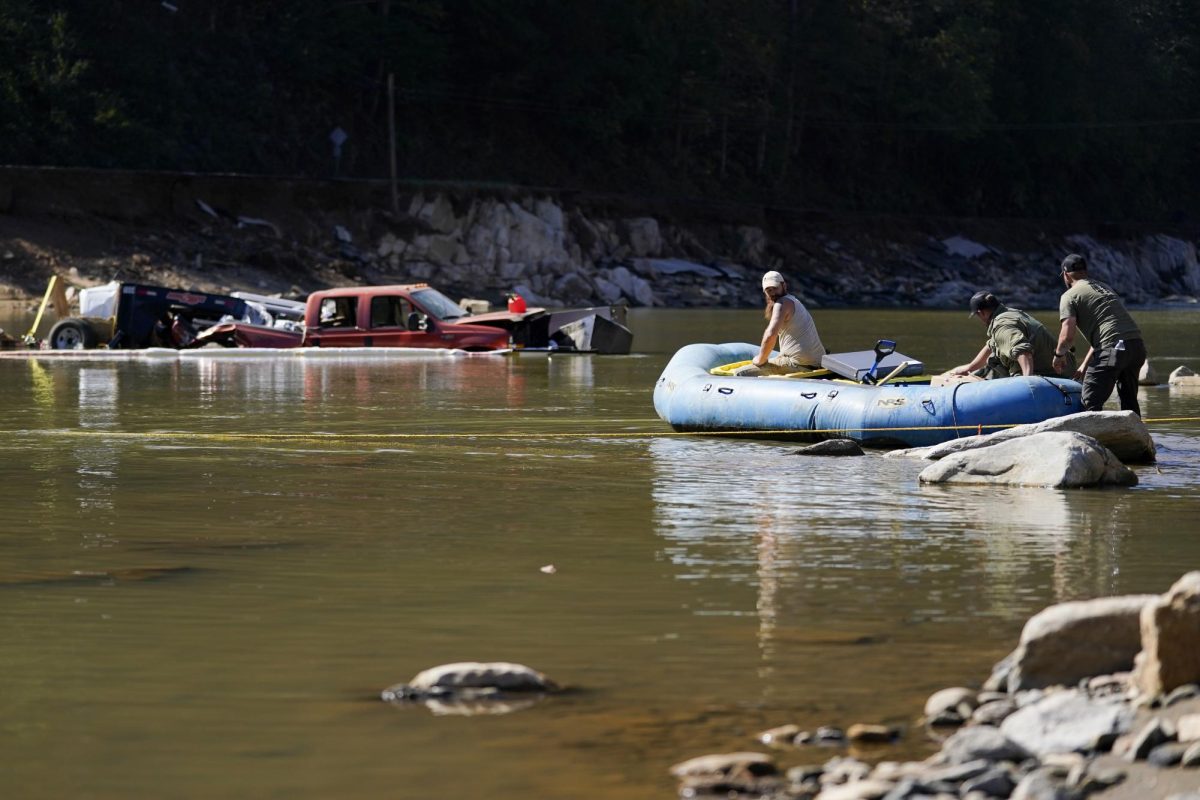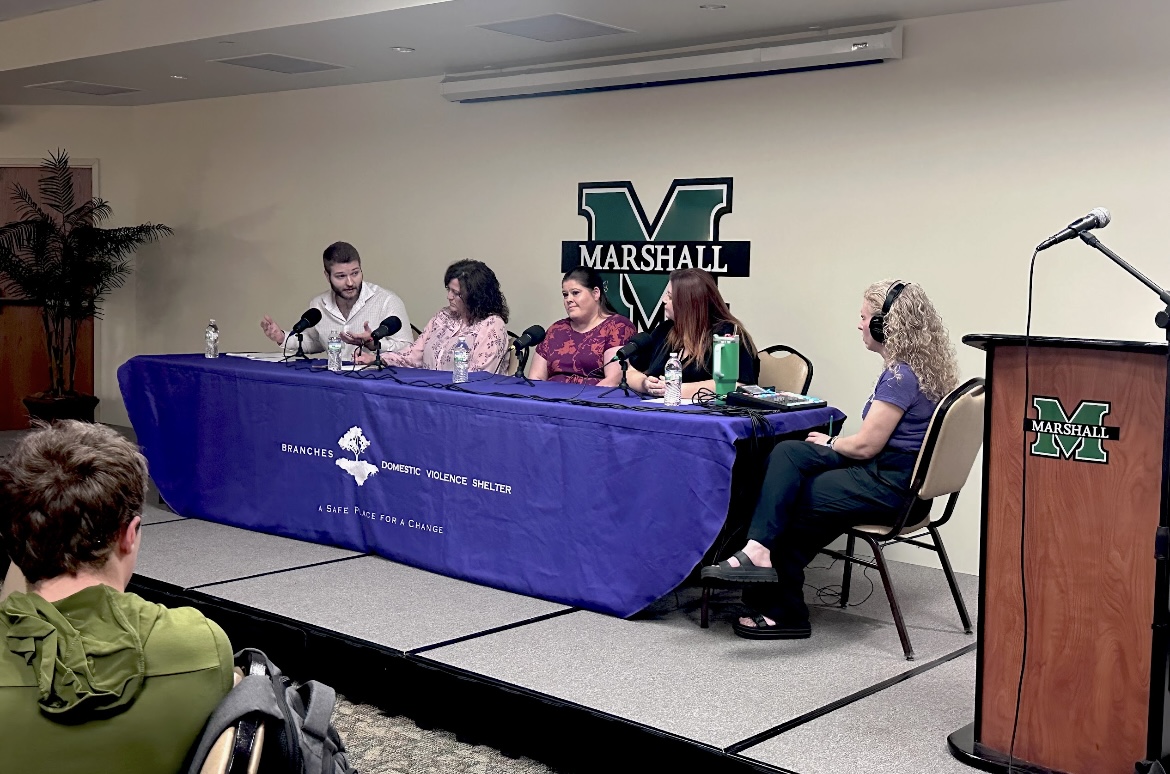The Burden of Gender Equity Movements is Not Only on Women: Reflection and Review of the 67th Commission on the Status of Women
March 22, 2023
More than 10,000 women gathered in New York City for the past two weeks to assist the United Nations in creating a framework for global governance for technology use and creation at The 67th Annual Commission on the Status of Women, and I was lucky enough to attend.
This year’s theme was “Innovation and technological change, and education in the digital age for achieving gender equality and the empowerment of all women and girls.” The goal was to have a formal agreed conclusions document by the end of the event, Mar. 17; however, the final draft of the document has not been released as of Mar. 18.
The 67th Annual Commission on the Status of Women was the first in person commission since the pandemic, with most events hosting a livestream as well as in-person opportunity. It was also the most attended CSW to date, according to H.E. Ms. Matthu Joyini, chair of The Commission on the Status of Women and ambassador of South Africa and the African States Group.
I was able to attend in person for four days and virtually for the rest of the two weeks. I attended several opening events, networking events and orientation events. I attended an orientation at the general assembly hall, where each seat had a headphone hooked-up for live translations of five different languages, making events more accessible since I only speak English.
Events at CSW67 included sessions at the general assembly, where the ambassadors from the 45 Member States gathered to deliberate the agreed conclusions based on a “zero draft.” The “zero draft” is a document each Member State contributes to and is a list of suggested regulations to be instituted globally. This year, general assembly sessions started at 8 a.m. and wouldn’t close until 10 p.m. on most occasions.
Side events also took place, which are events hosted by government agencies. These events typically focused on a specific geographic area and its current state in relation to technology and digital access. I was unable to attend many of these events because they were presented in the host’s native language and there was no live-translation technology available.
The last kind of events were called parallel events, which were hosted by non-government officials. NGOs had to be approved through UN Women, an official office at the United Nations, in partnership with the Economic and Social Council of the United Nations. To receive accredited ECOSOC-NGO status, an organization must be a non-governmental, non-profit, public or voluntary organization. Notable NGOs include the Girl Scouts of America, Girls Learn International, The Hong Kong Federation of Women and many more.
This year was special because it was the first CSW to include a global youth delegation, featuring high school girls who hosted several parallel events as well as a session in the general assembly. The youth delegation focused primarily on preventing and ending online sexual exploitation and assault. A representative from India, speaking on the importance of youth representation, said, “When you invest in people and make them thinkers, they can create solutions to all problems.”
The parallel event I attended that impacted me the most was a panel called “Educating Women and Girls to Lead Innovation, Technology, and Digitalization” hosted by the University of Dayton’s Human Rights Center. Damineh Akhavan-Zanjani, co-founder and CEO of Global Women in STEM Inc., spoke about the importance of women holding more design and creation jobs in the technology workforce.
Akhavan-Zanjani said, “If women don’t have a seat at the design table, the world will continue to not be designed for us.”
In the short four days I was in person, the experience was unlike anything I have ever participated in. The chair of UN Women follows me on Instagram now; I had coffee with a representative from Germany, I stood in a room where women were the majority and I got to partake in global governance creation.
I met and learned from women from every corner of the world and left with one primary thought: this is not just a women’s issue. We cannot let diversity, equity, and inclusion become a box for organizations to tick and do the bare minimum. We are all stakeholders in gender equity.



